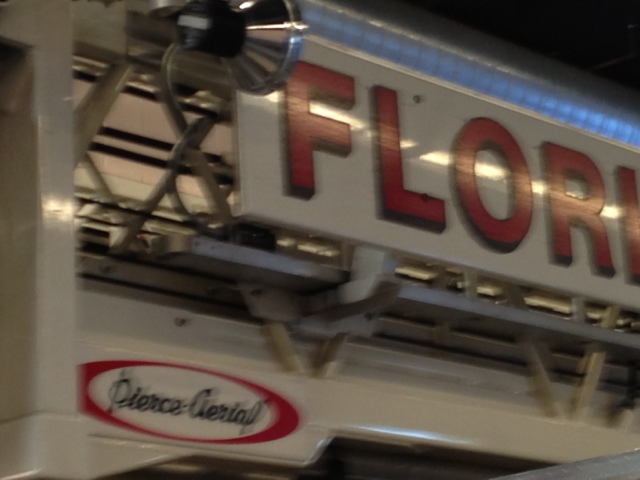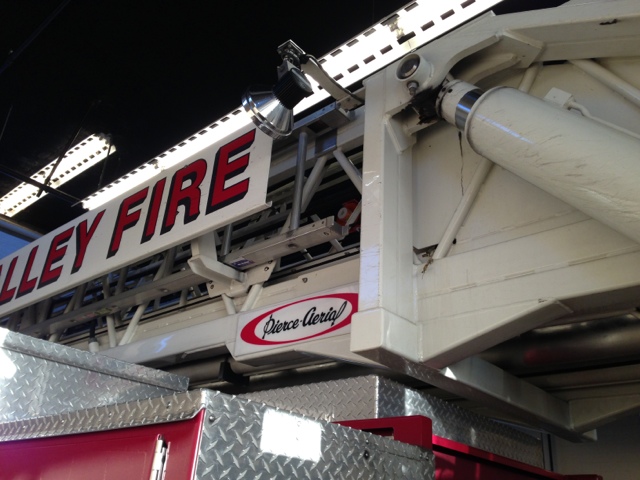A few months ago I posted about operating on a quint and the idea of reverse laying for first due engines that run with quints. A great deal of us are operating on these apparatus everyday and don't have a single designation as an engine or a truck, rather we are assigned based on our order of arrival and on what tasks need to be done. Most of the time we are not assigned by what type of apparatus we arrive in.
We are also running thin in regards to staffing. These two circumstances requires us to be resourceful and smart when it comes to preparing our people and apparatus for any type of call and assignment.
Being no different than the majority of the country, we run a ladder truck (quint) on car fires, EMS calls, motor vehicle accidents, CO calls, hazardous materials calls and everything in between. We don't get a chance to deploy our ladder on many fires, so that requires us to do a lot of training in between those times. It also requires us to ensure that we are as effective as possible when we do get the call and need to operate as a ladder/truck company.
Our apparatus is a 105' ladder and we have two 16 foot roof ladders mounted on each side of our aerial. When I got assigned to this apparatus one of the first things I did was face one roof ladder with the butt to the rear of the apparatus and the second facing the opposite way. While checking my truck the other day I noticed that both were positioned with the butts facing the rear.
Although not a huge deal, we turned one back with the butt of the roof ladder facing the front of the truck. I had a guy not on my shift with us that day and he asked why we did that? Well, a great opportunity had just arrived.
Having two roof ladders at your disposal is really convenient and saves a lot of time. One roof ladder has the hooks facing front. This ladder would be used for a pitched roof or a roof elevation with a peak or ridge. With the hooks facing front I can easily un-cradle the ladder and simply drag it up with me and slide it right onto the roof without ever having turn or flip the ladder.
The roof ladder with the butt facing the front the of the truck allows us to easily deploy the ladder over a parapet wall without having to turn or flip the ladder. It makes deployment much easier.
It's the small things that make a big difference and saves time and energy on the fireground. Think and work smarter, not harder. Check your rig and be familiar with what it's capabilities are and what you might be called on to do.
Views: 745
Comment
© 2024 Created by fireeng.
Powered by
![]()




You need to be a member of Fire Engineering Training Community to add comments!
Join Fire Engineering Training Community